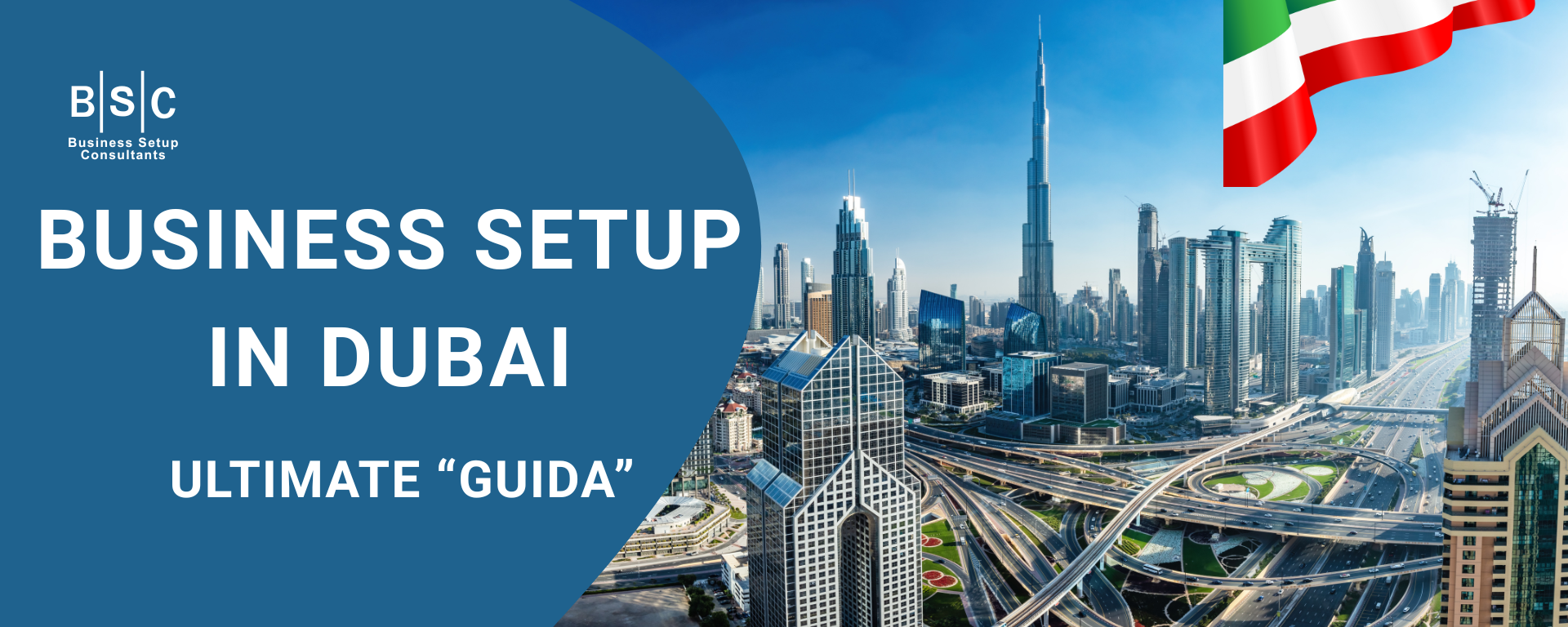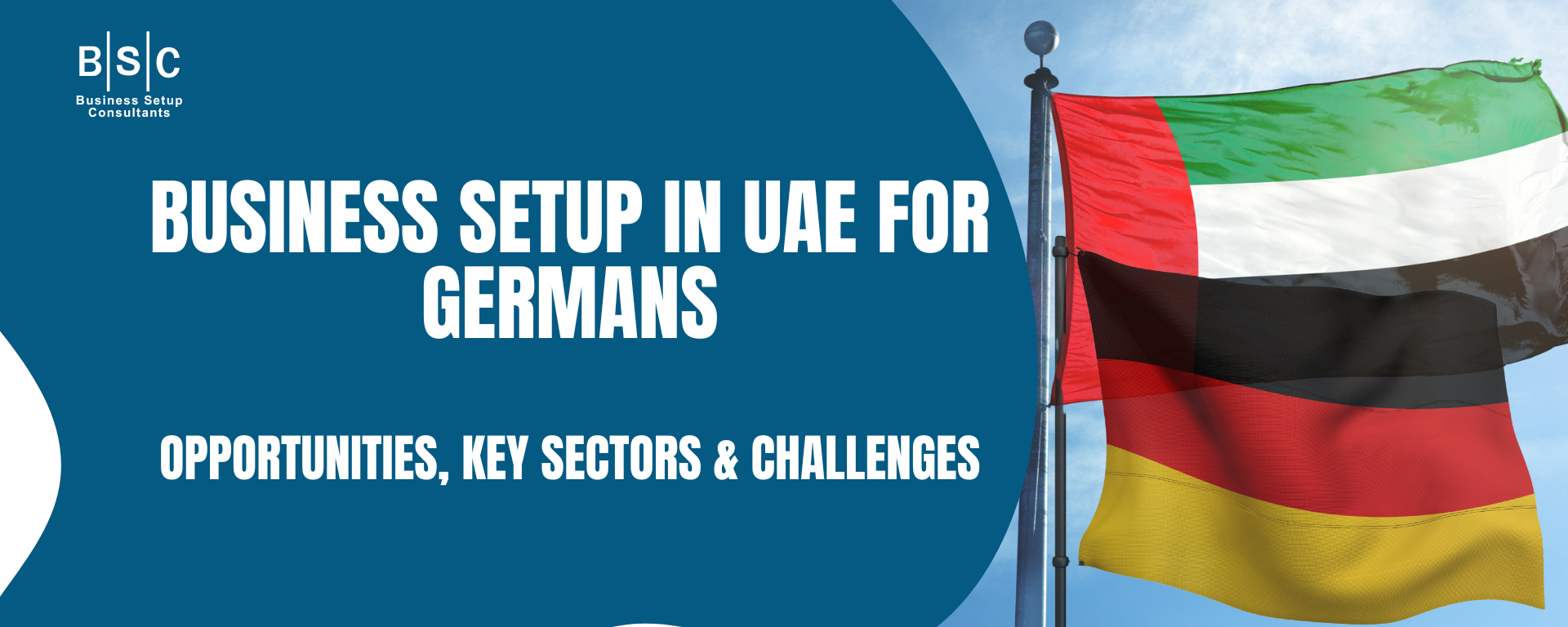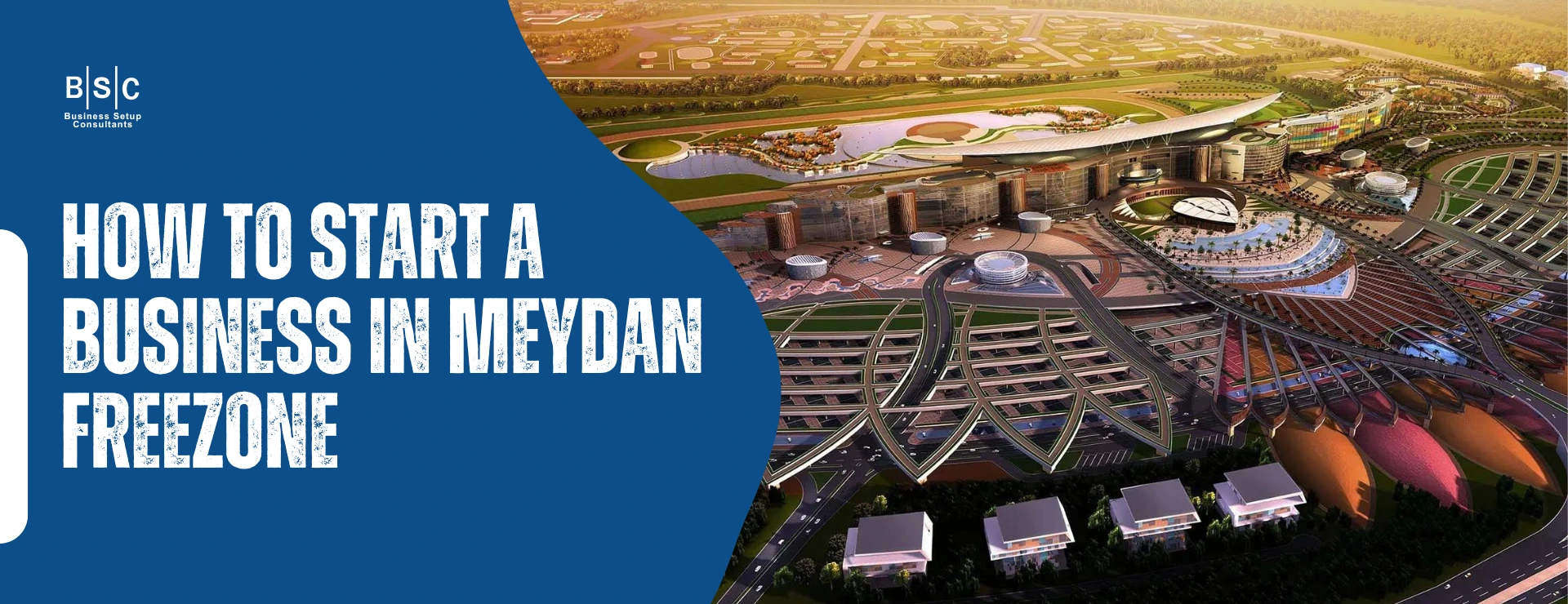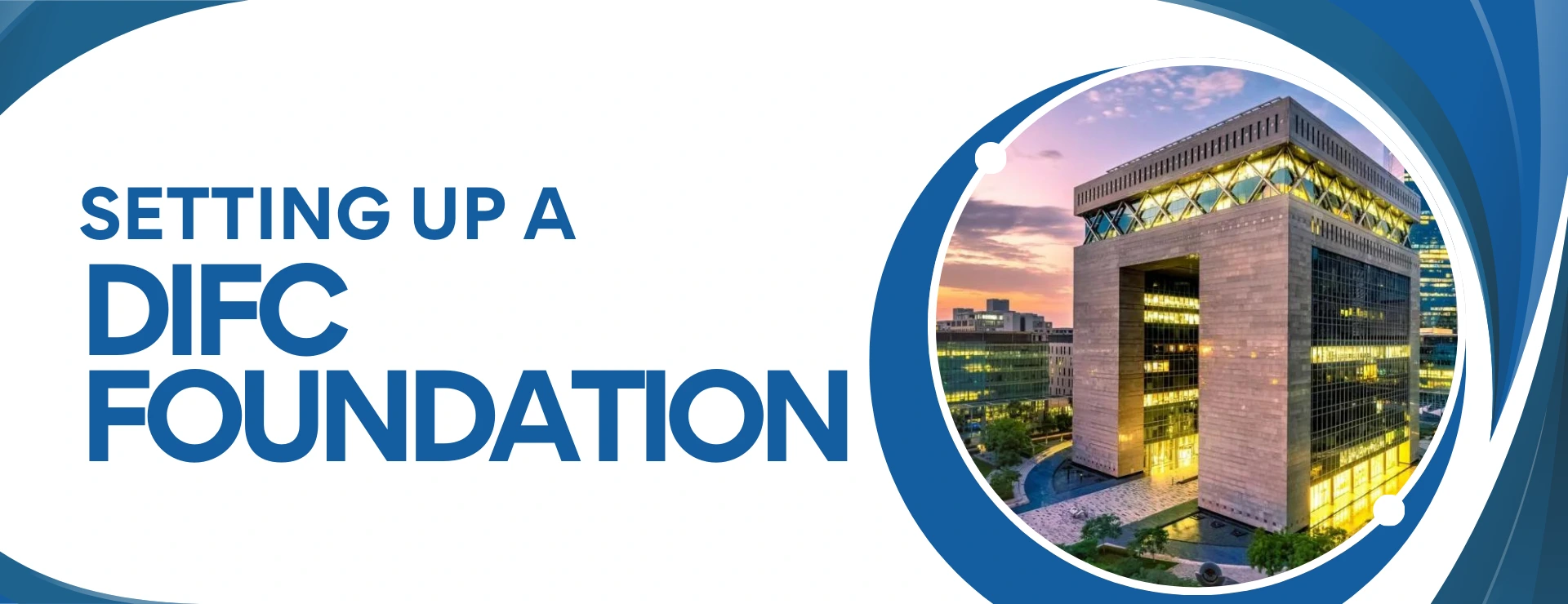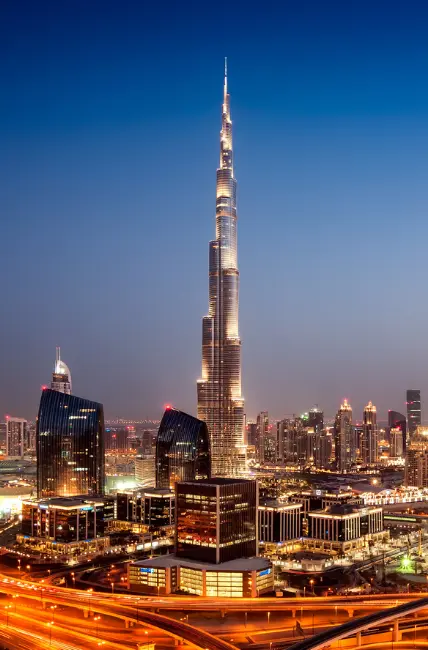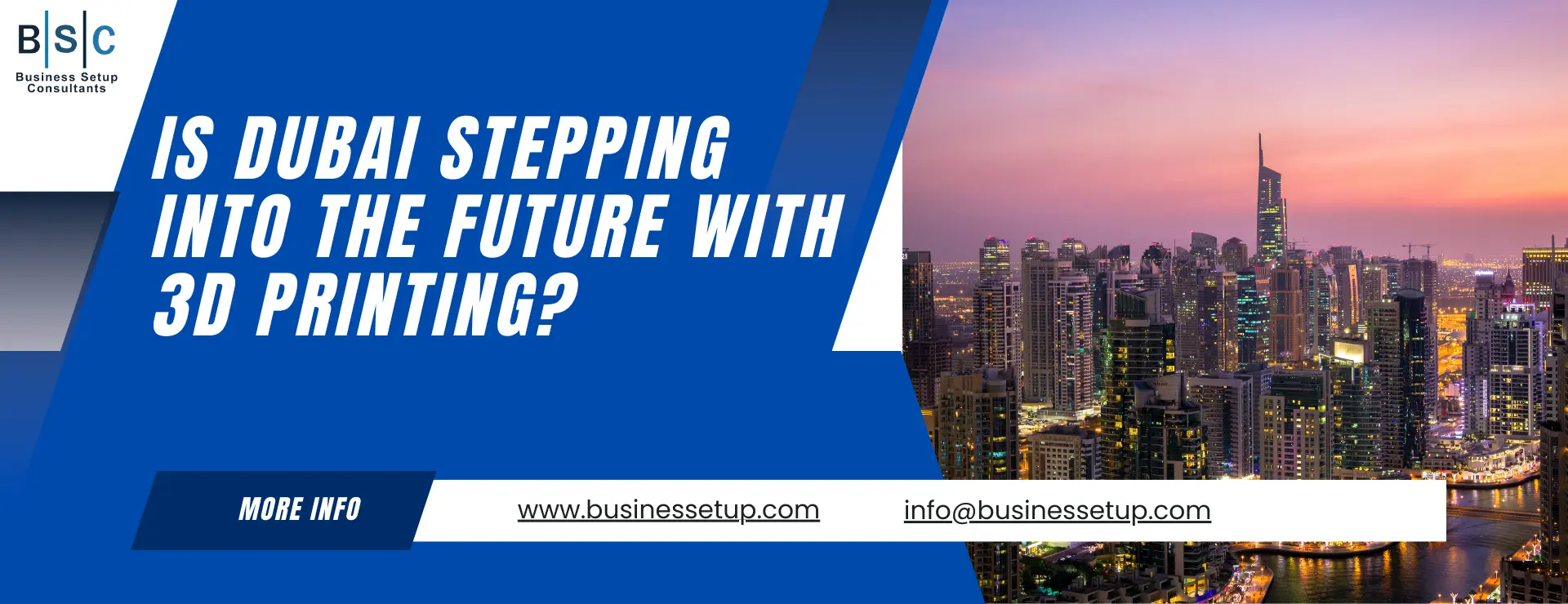
Is Dubai Stepping into the Future with 3D Printing?
3D printing is all set to change the world.
From spraying toner on paper to setting layers of plastic resin until the layers add up to an object and enabling a machine to produce objects of any shape, on the spot, 3D printing is ushering in a new era.
Dubai has been quick to cash in on this modern manufacturing miracle. The world’s first ever fully functional 3D-printed office was inaugurated in Dubai earlier this year at Emirates Towers . The entire building was printed and assembled in a matter of weeks! Believe it or not, the offices, including all furniture and structural components, were fabricated using a 3D printer .
Even better is that the fact that this “Office of the Future,” represents a 50 percent cost savings in labour alone compared to similar-sized buildings built with conventional methods. By lowering costs and reducing the time taken to implement projects, 3D printing will reduce manpower requirements and waste generated from construction which can be harmful to the environment.
Why 3D Printing is Important for UAE Businesses
The United Arab Emirates (UAE) has positioned itself as a global hub for innovation and technological advancement. In line with this vision, the 3D printing industry is rapidly gaining traction across various industries within the country. This technology offers a unique blend of benefits that can significantly enhance a business’s competitiveness in the dynamic UAE market specially for the manufacturing industry.
Revolutionizing Prototyping: Speed and Efficiency
One of the most impactful advantages of 3D printing lies in its ability to revolutionize the prototyping process. Traditional methods often involve lengthy and expensive procedures, hindering rapid design iterations. In contrast, 3D printing allows businesses to create a prototype quickly and cost-effectively. This translates to faster product development cycles, enabling businesses to bring innovative ideas to market sooner. A recent study by Deloitte found that manufacturing companies utilizing 3D printing for prototyping experienced a 30% reduction in development time on average. This agility is crucial in today’s fast-paced market, where consumer preferences can shift rapidly.
Unlocking Customization and Niche Markets
Beyond rapid prototyping, 3D printing empowers businesses to create unique and customized products. Unlike a traditional manufacturing method that struggles with intricate details or one-off productions, 3D printing allows for complex geometries and personalized designs. This opens doors for businesses to cater to niche markets and offer products with a high degree of mass customization, potentially leading to entirely new product lines. A 2023 report by Grand View Research projects the global customized 3D printing market to reach a staggering USD 18.2 billion by 2030, highlighting the growing demand for personalized products.
Optimizing Production: Cost Reduction and Streamlining
The benefits of 3D printing extend beyond the initial design phase. This technology can significantly reduce production costs by minimizing waste material. The traditional manufacturing process often generates substantial scrap, impacting profitability. 3D printing, on the other hand, utilizes an additive manufacturing approach, building objects layer by layer with minimal material wastage. Additionally, 3D printing streamlines production processes, potentially reducing the need for complex tooling and simplifying inventory management. A 2022 study by Gartner predicts that 3D printing will cut manufacturing costs by up to 50% for certain applications within the next five years.
On-Demand Manufacturing: Flexibility and Responsiveness
The UAE’s vision for self-sufficiency and reduced reliance on overseas manufacturing aligns perfectly with the capabilities of 3D printing. This technology facilitates localized, on-demand production, enabling businesses to create products closer to their end users. This translates to increased flexibility and responsiveness to market needs. Businesses can adapt production volumes quickly, reducing the risk of overstock or understock situations. Furthermore, on-demand manufacturing minimizes transportation requirements, contributing to a more sustainable production process.
Strengthening Supply Chains: Efficiency and Lead Times
3D printing also holds immense potential to improve supply chain efficiency. This technology allows businesses to create complex parts or replacement components on-site, eliminating the need to wait for deliveries from external suppliers. This not only reduces lead times but also minimizes the risk of disruptions caused by global supply chain challenges. A recent report by McKinsey & Company highlights how 3D printing can decrease lead times by up to 90% for certain applications, significantly enhancing supply chain responsiveness.
Applications of 3D Printing in Different UAE Industries
The versatility of 3D printing technology has enabled its adoption across a wide range of industries in the UAE, revolutionizing traditional manufacturing processes and fostering innovation. A proper 3D printing business idea can change the game. You can build your own large or small 3d printing business or a 3d printing service for others. Here are some specific examples of how 3D printing is being leveraged in key UAE sectors:
- Construction: The construction industry in the UAE has embraced 3D printing for its ability to create an intricate architectural 3d model, enabling architects and designers to visualize and communicate their designs more effectively. Additionally, 3D printing is being used to produce customized building components, such as concrete formwork, and unique furniture pieces, allowing for greater design flexibility and cost-effectiveness.
- Manufacturing: UAE manufacturers are utilizing 3D printing for rapid prototyping, enabling them to quickly iterate and refine product designs before committing to full-scale production. Furthermore, 3D printing is being employed for the creation of tools, jigs, and fixtures, as well as the production of custom end-use parts for various applications, including automotive, industrial machinery, and consumer goods.
- Healthcare: The healthcare sector in the UAE has embraced 3D printing to improve patient outcomes and enhance medical education. 3D-printed medical implants and prosthetics can be customized to fit individual patients’ anatomies, leading to better functionality and comfort. Additionally, 3D-printed anatomical models are being used for surgical planning, medical training, and patient education, providing a more comprehensive understanding of complex anatomical structures.
- Aerospace & Defense: The aerospace and defense industries in the UAE are leveraging 3D printing to produce lightweight and complex components for aircraft and drone applications. This technology allows for the creation of intricate designs and the integration of advanced materials, resulting in improved performance and weight reduction. Furthermore, 3D printing enables the on-demand production of spare parts, reducing downtime and enhancing operational efficiency.
- Retail & Consumer Goods: In the retail and consumer goods sector, 3D printing is enabling UAE businesses to offer personalized and on-demand products to their customers. From customized jewelry and fashion accessories to tailored home decor items, 3D printing allows for unique and personalized products to be created quickly and cost-effectively. This capability not only enhances customer satisfaction but also opens up new revenue streams for businesses.
The Future of 3D Printing in the UAE
The UAE’s embrace of 3D printing has already yielded impressive results across numerous sectors. However, the true potential of this technology lies in the exciting advancements brewing on the horizon. Here’s a look at what the future holds for 3D printing in the UAE:
A Material Revolution: Printing Beyond Plastic
One of the most significant developments driving the future of 3D printing is the ongoing innovation in materials. Traditionally, 3D printing relied heavily on plastics. However, advancements are leading to the creation of new materials with superior properties. These include:
- Metals: 3D printing of metals like titanium and aluminum is becoming increasingly sophisticated, paving the way for stronger and lighter components in industries like aerospace and construction.
- Biomaterials: The field of bioprinting is witnessing remarkable progress, with scientists exploring the creation of human tissues and organs for transplantation purposes. This holds immense potential for the future of healthcare in the UAE.
- Sustainable Materials: The environmental impact of 3D printing is also being addressed. Researchers are developing sustainable materials like recycled plastics and bioplastics, making 3D printing a more eco-friendly technology.
Pushing the Boundaries: Technological Advancements
Beyond materials, advancements in 3D printing technology itself are accelerating. Here are some exciting trends to watch:
- Multi-material Printing: The ability to combine different materials within a single print opens doors for creating objects with unique properties. This could revolutionize product design and functionality.
- Large-Scale Printing: The limitations on printing size are constantly being challenged. This allows for the creation of larger and more complex structures, further expanding the applications of 3D printing in construction and other industries.
- Faster Printing Speeds: Printing speeds are steadily increasing, making 3D printing a more viable option for mass production in certain sectors.
The International Centre for 3D Printing
The government has announced plans to make Dubai a leading hub of 3D printing technology . A key goal of this vision is to ensure that 25 percent of buildings in Dubai are based on 3D printing technology by 2030.
Developed by Dubai Holding, the International Centre for 3D Printing will offer a platform for designers, manufacturers and suppliers to meet and connect. It will also include research centres and labs for testing of 3D printed products, advanced infrastructure, offices, warehouses, exhibition facilities and encourage 3D printing for the construction and medical industries.
Are you ready to be a do-it-yourself manufacturer?
You don’t need all of the capital involved in the creation of things anymore.
You now have the opportunity to do it yourself and in a detailed manner.
3D printing is being applied to materials ranging from chocolate to concrete, so as an entrepreuner, it is important that you understand how the technology can be used for a for competitive advantage – before your competitors do.
Take advantage of the future of architecture. Set up your business in Dubai today.


